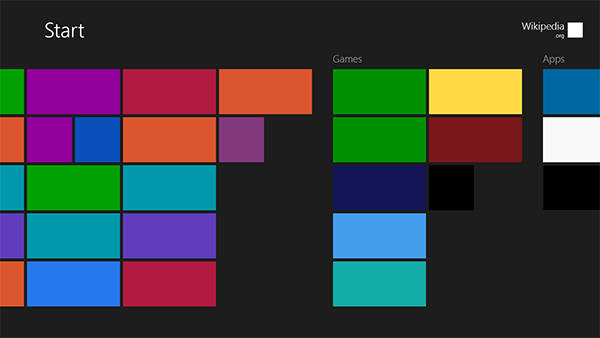

This is completely irrelevant to the problem. I for one, have about 80 system users, only one of which being a real user account (my own).

Those users are part of the unix architecture of Mac OS X. Now this a list of the user column (note I am the only user on this Mac): It's an application that allows you to visualize the disk usage of your Mac at a glance. It's pretty full featured apart from its start up nag screen. To quit the activity dump, press control C It would know exactly what time interval new files grew and changed since you can use a tool like BackupLoupe (or tmutil compare if you do like command line tools) to visually inspect the difference between two backup intervals to see what files used more space on your Mac.Ī very low level tool to see actual writes is fs_usage but it's a bit technical and you'll need to know|learn grep or awk to reduce the output of this tool sudo fs_usage -w Then you can know what files and buckets are the largest users of space and/or notice which buckets grow over time.Īdditionally, Time Machine is very nice for telling you what files have changed if you use that tool for your backups.

You don't need special software (although there are nice options like What Size and the also-popular Daisy Disk) or to run commands in terminal to track 4 GB of change.Īpple's System Information app draws the About This Mac information that you get from Apple Menu -> About This Mac -> Storage Tab (at the top).Ĭlick Review Files if the higher priority recommendations don't work or are not palatable to your use case.


 0 kommentar(er)
0 kommentar(er)
